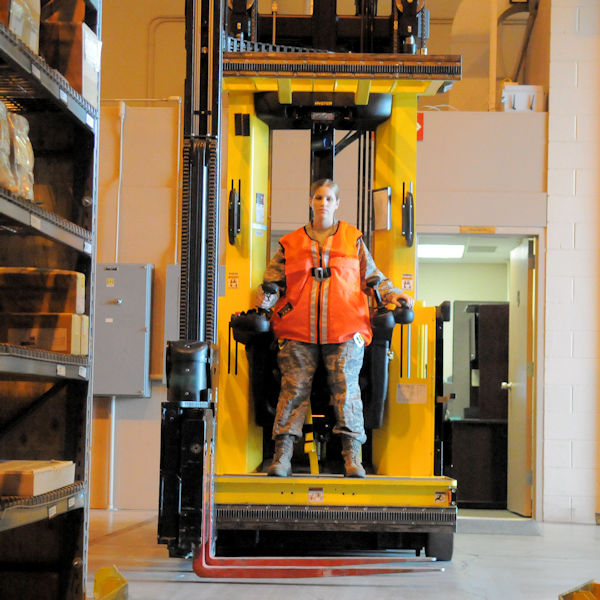Mechanical Handling
Mechanical devices and machines are necessary for many material handling operations. Mechanical alternatives to manual handling of materials should also be used whenever possible to minimize lifting and bending requirements. These techniques include use of:
- dollies,
- forklifts,
- hoists,
- cranes, and
- other mechanical devices.
Employees must be trained in the proper use and limitations of the equipment they operate. This includes knowing how to effectively use equipment such as forklifts, hoists, and slings.
Mechanical equipment should always be used according to the manufacturers' manual which are valuable safety references for a variety of material handling equipment. Every effort should be made to keep the manuals available and to comply with the manufacturer's instructions, specifications, and limitations.
Employees should avoid overloading equipment when moving materials mechanically by letting the weight, size, and shape of the material being moved dictate the type of equipment used. Rated capacity should be displayed on each piece of equipment.
To avoid the necessity for manual handling of materials, automation (particularly for new processes) and mechanization (such as use of a forklift) should be considered. But beware of new hazards from automation or mechanization, and remember that an automated plant still needs cleaning, maintenance, etc.
Knowledge Check Choose the best answer for the question.
2-1. Mechanical equipment should always be _____.
You forgot to answer the question!

